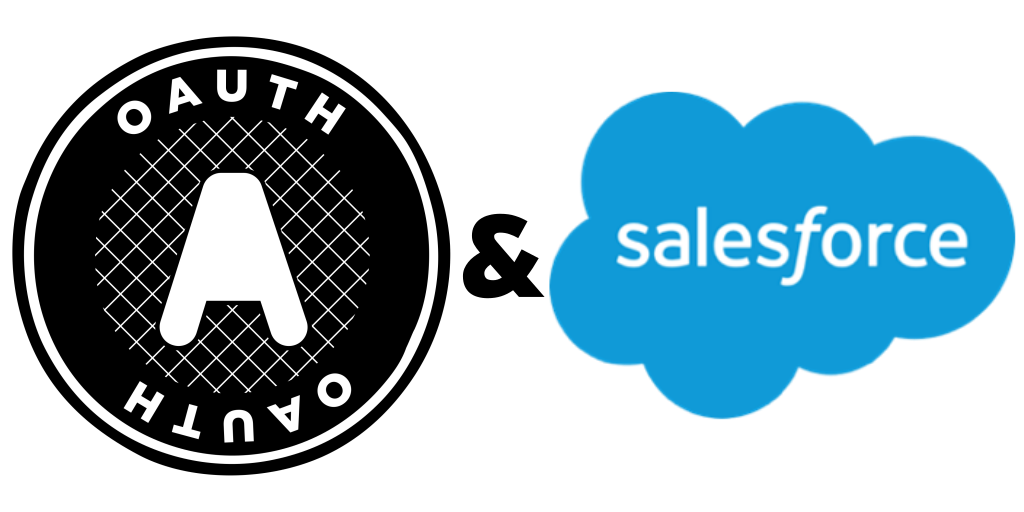Python to Salesforce integration with SFDX CLI and subprocess

Our app purpose is salesforce metadata backup, so we need to implement retrieve metadata logic. In Salesforce we can work with metadata with Metadata API and one of possibility if to retrieve metadata with package.xml file that contains the description of the components we need. But we can simplify it a lot and don't need to use API directly. I plan to use SFDX CLI that offers us a lot of features that we can use with python subprocess lib. More details regarding package.xml you can find here https://developer.salesforce.com/docs/atlas.en-us.api_meta.meta/api_meta/manifest_samples.htm There are different options to build this file. You can do it manually, or use one of automation tools (ex. https://packagebuilder.herokuapp.com/ ). If you have your package.xml it is the time to add it to the app. We can store package.xml in Task level, so let's add new field to the Task model (with name package_xml ). (You can reference this article to do DB migration - https://angular-python



